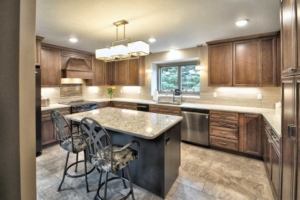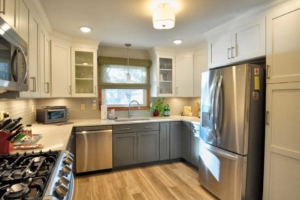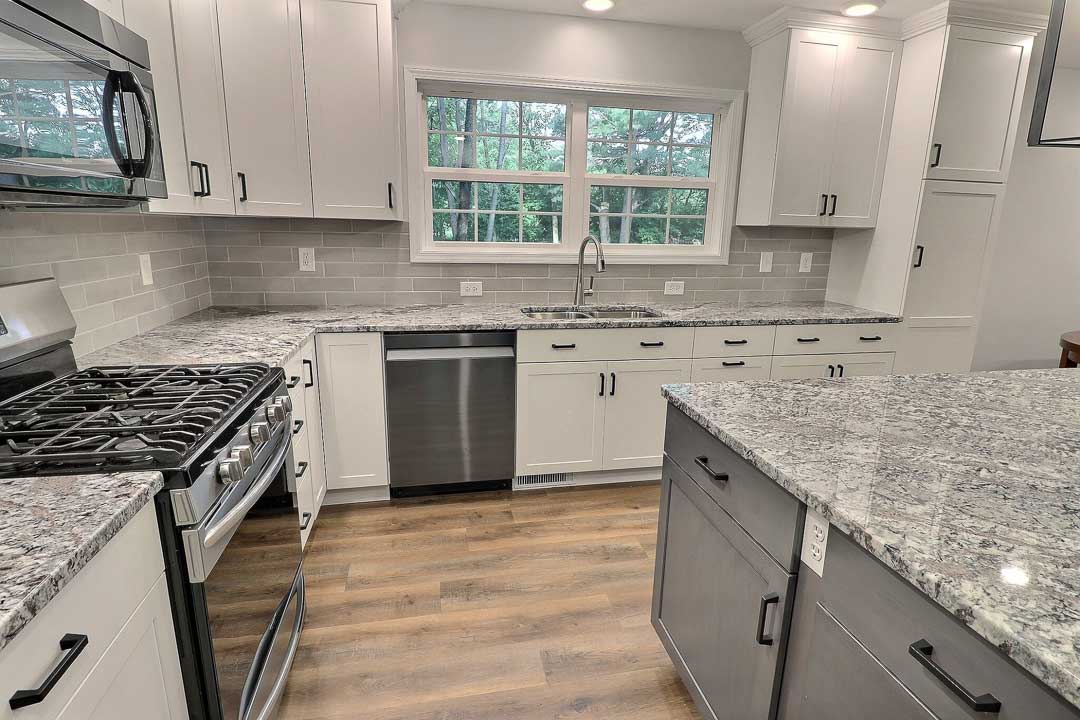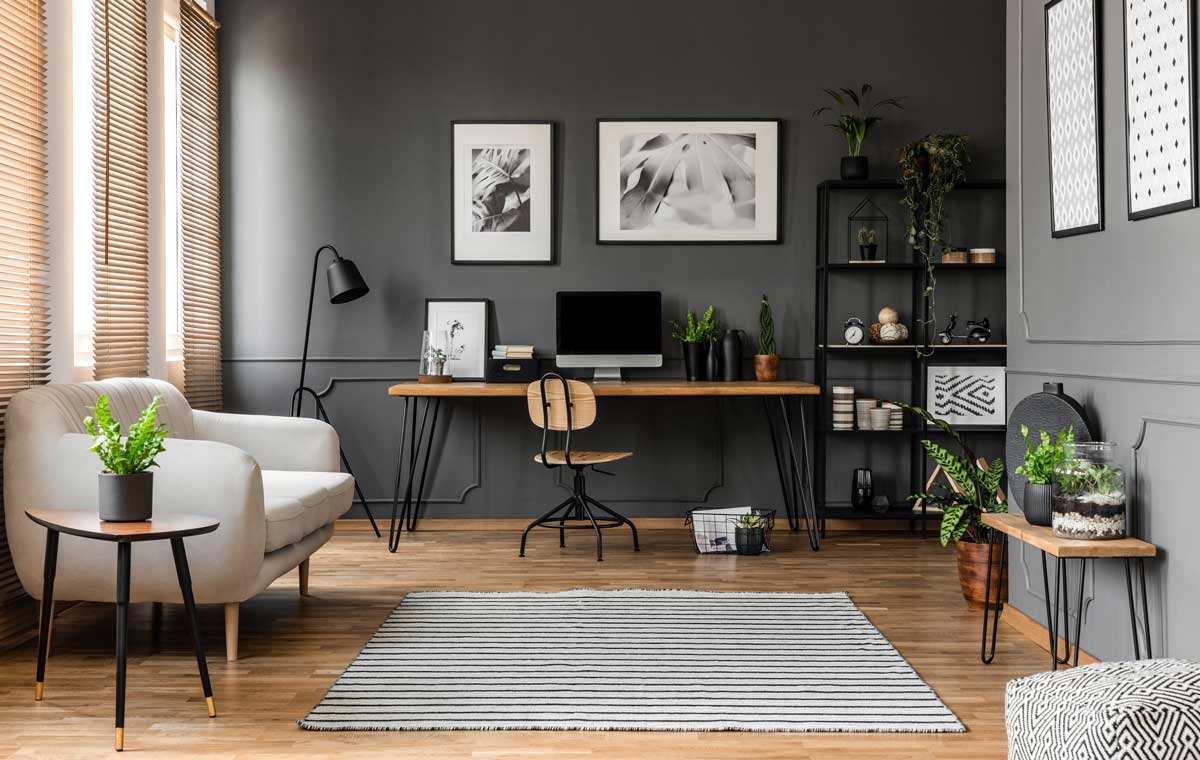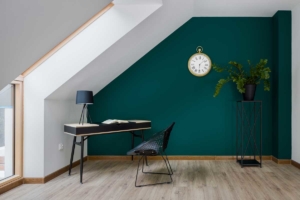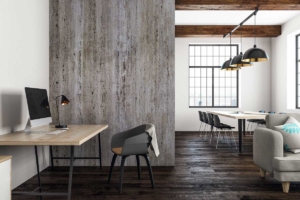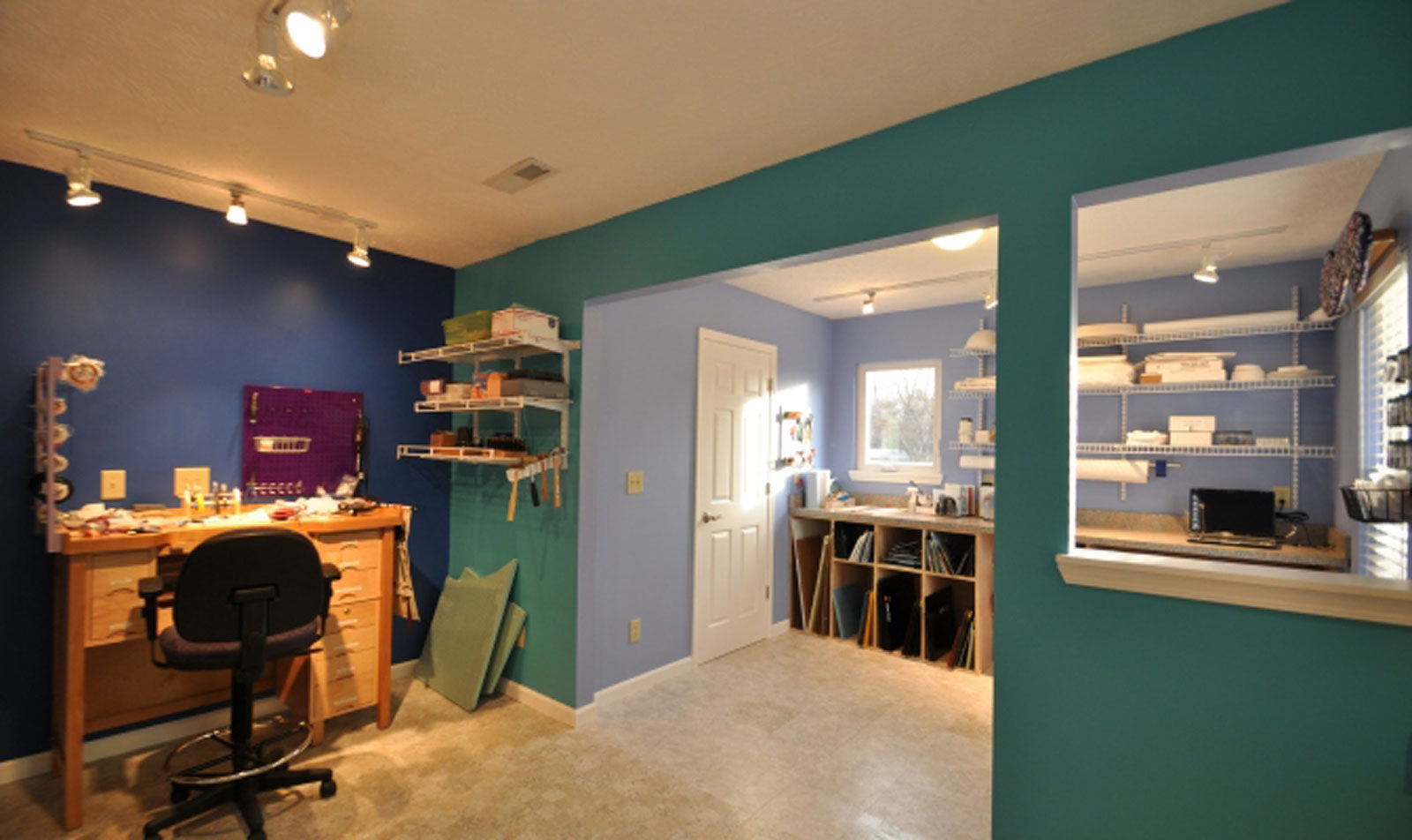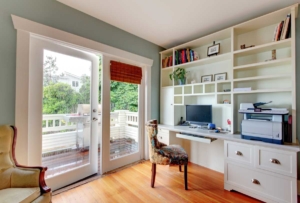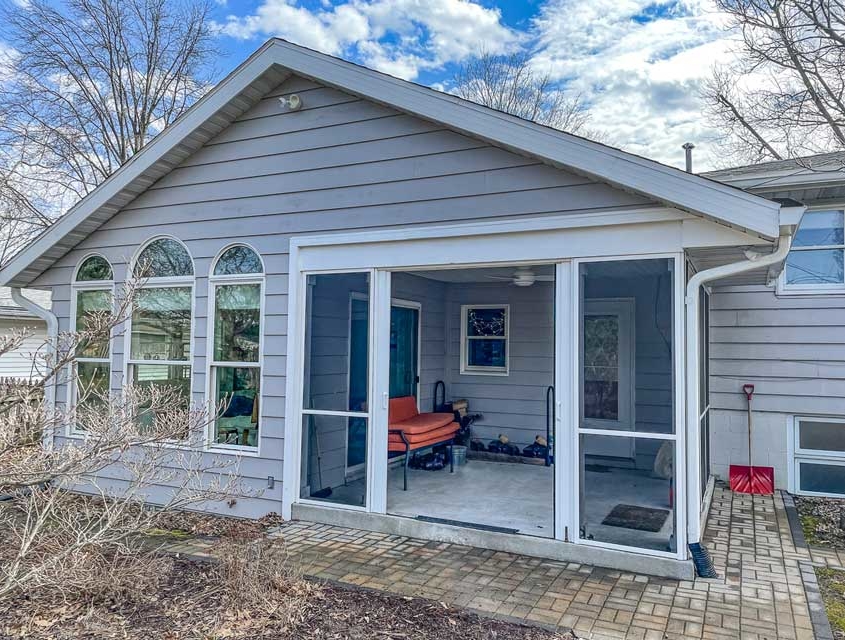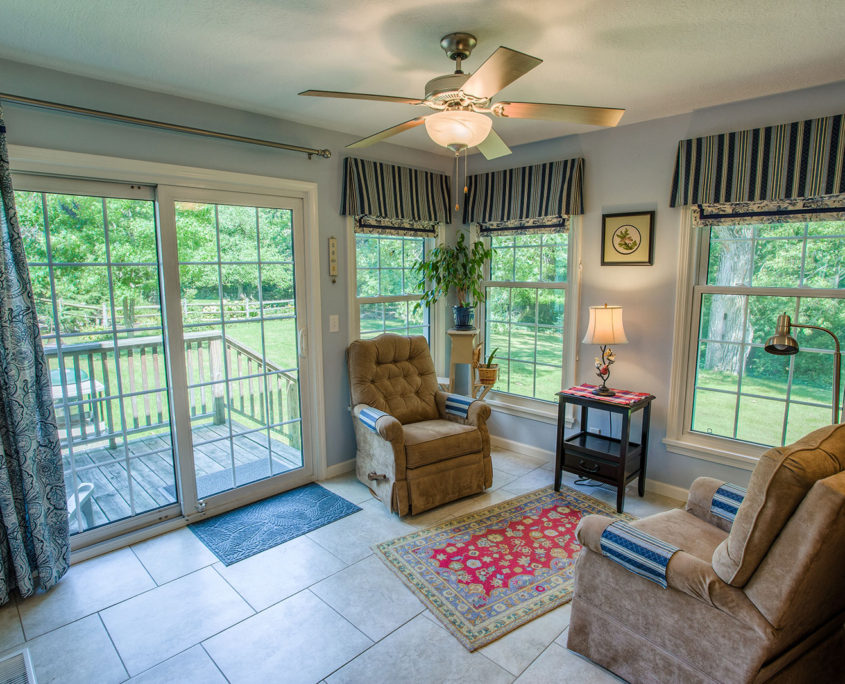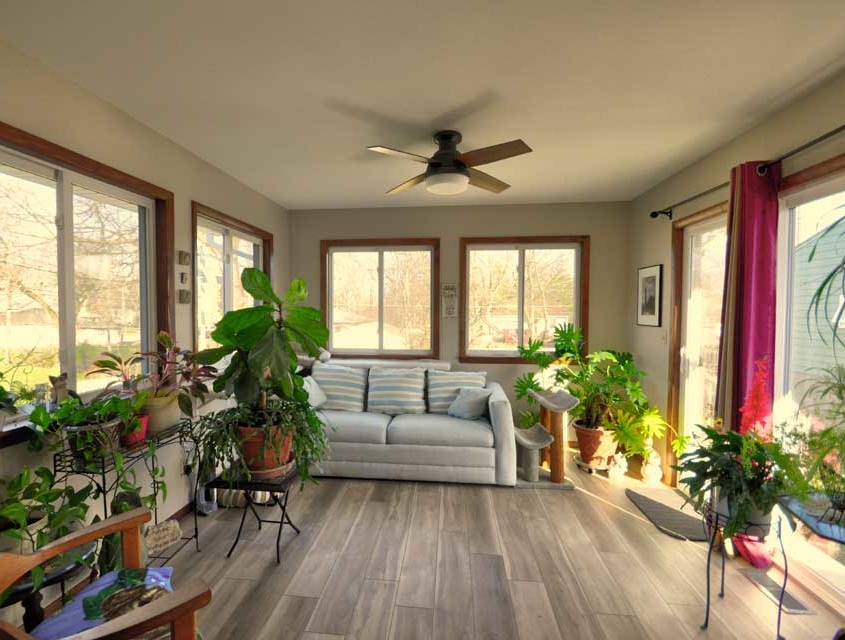Top 7 Reasons to Transform Your Living Space in 2024
Welcome to 2024—a year brimming with fresh starts and new beginnings. In Lafayette, just like in homes across the country, the New Year inspires a surge of excitement and the desire for change. For many, this change begins at home. Remodeling isn’t just about updating—it’s about reimagining our living spaces to align with our current lives and dreams.
We understand that a home is more than a structure; it’s the heart of daily life, a personal retreat, and a space where memories are made. Whether you’re looking to revamp a single room or are considering a full-scale renovation, remodeling offers an array of benefits that go beyond the surface. It’s about enhancing your home to meet the evolving needs of your family, reducing energy costs with smarter, more sustainable choices, or simply refreshing outdated decor to spark joy and comfort every time you walk through the door.
As we guide you through the top reasons to embark on a home remodel this year, remember that each home tells a story—your story. And in 2024, we’re here to help you write the next chapter. Whether you’re in the heart of Tippecanoe County or the surrounding areas, let’s explore how transforming your living space can breathe new life into your home and, by extension, into your daily life.
1. Enhancing Home Value
Investing in your home is investing in your future, and savvy homeowners know that remodeling can significantly boost property value. It’s not just about the immediate gratification of a beautiful new kitchen or a spa-like bathroom—although those are certainly perks. It’s about making strategic updates that attract potential buyers and command a higher selling price when the time comes.
But let’s talk numbers—real, tangible benefits. Consider the kitchen, often referred to as the heart of the home. A modern, functional kitchen is at the top of most homebuyers’ wish lists in Lafayette, IN. Updating this central space can yield a return on investment that often surpasses the cost of the project itself. The same goes for bathroom remodels, additional living spaces, and outdoor improvements. These aren’t just changes; they’re valuable enhancements to your greatest asset.
Remodeling with ROI in mind doesn’t mean you have to sacrifice your personal style or current needs. It’s about finding the sweet spot where what you love intersects with what adds value. Whether it’s installing energy-efficient windows or adding that much-desired outdoor deck, it’s crucial to make informed decisions that align with market demands in Tippecanoe County.
2. Adapting to Lifestyle Changes
As the rhythm of our lives changes, so too must our homes. They’re living, breathing spaces that need to evolve with us—whether it’s welcoming a new baby, embracing the golden years, or anything in between. In Lafayette, we see homes as flexible spaces that can adapt to these life transitions, providing the functionality and comfort we need at every stage.
Think about how the sudden shift to remote work has redefined the concept of a home office. It’s no longer a luxury but a necessity for many in Lafayette. A dedicated workspace can make all the difference in productivity and work-life balance. Similarly, as our families grow or shrink, our homes can shift from cozy nooks for newborns to open-plan layouts for entertaining, or even multi-generational designs that bring the whole family under one roof.
Lifestyle changes also mean considering accessibility. Aging in place, for instance, is a growing trend in Tippecanoe County, where more homeowners are opting to retrofit their homes with features that will make them safe and comfortable for years to come. From no-step entries to walk-in tubs, the focus is on future-proofing our homes for comfort, safety, and longevity.
3. Improving Energy Efficiency
The shift towards greener living is more than a trend—it’s a lifestyle, especially here in Lafayette and West Lafayette, where homeowners are increasingly conscious of their ecological footprint. Remodeling your home provides a prime opportunity to enhance its energy efficiency, leading to reduced utility bills and a more comfortable living environment.
Upgrading to energy-efficient appliances, installing better insulation, and sealing drafts are just the beginning. In Lafayette, IN, we’re seeing a surge in smart home systems that manage energy consumption with the touch of a button. These improvements aren’t just good for the planet—they’re good for your wallet, too.
What’s more, energy-efficient homes are becoming a priority for buyers in Tippecanoe County, making this a smart renovation choice for the long-term value of your property. By choosing sustainable materials and technologies, you’re not just renovating; you’re investing in a home that’s both modern and mindful.
4. Modernizing Outdated Designs
There’s a unique charm to older homes in Lafayette, but sometimes, a touch of modernity is just what’s needed to breathe new life into your space. Updating an outdated design doesn’t just enhance aesthetics; it transforms your entire living experience, making your home more functional, comfortable, and appealing.
Take, for instance, the transformation of a closed-off kitchen into an open-plan cooking and dining area. This not only makes for a more inviting space to entertain guests, but also improves the flow and usability of one of the most important rooms in your house. Similarly, modernizing bathrooms with contemporary fixtures and designs can turn a purely functional space into a personal spa-like retreat.
It’s not about erasing the past; it’s about harmonizing the old with the new. Incorporating modern elements into your home’s design can pay homage to its original character while bringing it firmly into the 21st century. And in a market like Tippecanoe County, where home buyers are looking for that perfect blend of classic and contemporary, these updates can significantly increase your home’s appeal and value.
5. Increasing Functional Living Space
Space is a luxury, and in Lafayette, we understand the importance of maximizing every square foot of your home. Whether you’re expanding your family, needing a new home office, or simply craving more room to breathe, remodeling can unlock the potential of your home by increasing its functional living space.
Consider the untapped possibilities of your basement or attic. These often-overlooked areas can be transformed into anything from an extra bedroom or playroom to a state-of-the-art home theater or gym. It’s not just about adding square footage; it’s about adding quality to your life.
Outdoor living spaces are another avenue where potential abounds. By designing and building a deck, patio, or outdoor kitchen, you extend your home’s living area into the natural beauty of Tippecanoe County. These spaces not only enhance your enjoyment of your home but also appeal to future buyers, offering a seamless blend of indoor and outdoor living.
6. Integrating Smart Home Technology
Embracing technology is no longer a futuristic concept; it’s a present-day reality, especially in the homes of Lafayette. Integrating smart home technology during a remodel isn’t just about convenience; it’s about enhancing your home’s functionality, security, and even energy efficiency.
Imagine controlling your home’s lighting, temperature, security systems, and entertainment with just a few taps on your smartphone. Homeowners are increasingly adopting smart home solutions to bring this level of control and convenience into their daily lives. From smart thermostats that learn your temperature preferences to automated security systems that keep you safe, the possibilities are endless.
But it’s not just about the gadgets. Smart home technology can also contribute to a home’s resale value. As more buyers in Tippecanoe County look for homes equipped with these modern conveniences, integrating smart technology becomes a sound investment in your property’s future.
7. Personalizing Your Space
Your home is your canvas, and remodeling is your chance to paint a picture that truly reflects who you are. In Lafayette, we believe that personalizing your space is more than just a design choice—it’s about creating an environment that resonates with your personality, your lifestyle, and your dreams.
Whether it’s choosing the perfect color palette that speaks to your soul or handpicking fixtures and finishes that tell your story, every decision is an opportunity to make your home uniquely yours. In Lafayette, IN, homeowners take pride in creating spaces that aren’t just beautiful but are also a reflection of their personal journey.
This personal touch extends beyond mere aesthetics. It’s about designing a kitchen that caters to your culinary adventures, a home office that inspires your best work, or a backyard oasis that becomes your retreat. These personalized spaces aren’t just pleasing to the eye; they enhance your daily living experience. Consider consulting with a remodeler that has dedicated design staff to help you navigate this.
Conclusion
In Lafayette, and indeed throughout Tippecanoe County, remodeling is more than a mere change; it’s a transformative process that aligns your home with your evolving life.
Whether it’s enhancing the value of your property, adapting to life’s changes, improving energy efficiency, modernizing designs, creating more functional spaces, integrating smart technology, or personalizing your living environment, each reason carries its unique significance. Your home is your personal sanctuary, a space that should grow and change as you do.
As you contemplate embarking on this exciting journey of remodeling in Lafayette, IN, remember that the possibilities are as limitless as your imagination. Whether you’re looking to make a few small tweaks or planning a major renovation, each step you take is a step towards creating the home of your dreams.
We hope this exploration has inspired you to see your home in a new light and to understand the myriad ways in which remodeling can enrich your life. If you’re ready to take the next step, our team at Riverside Construction is here to guide you through every phase of your remodeling project, ensuring that your vision becomes a reality.
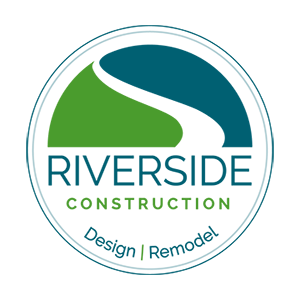
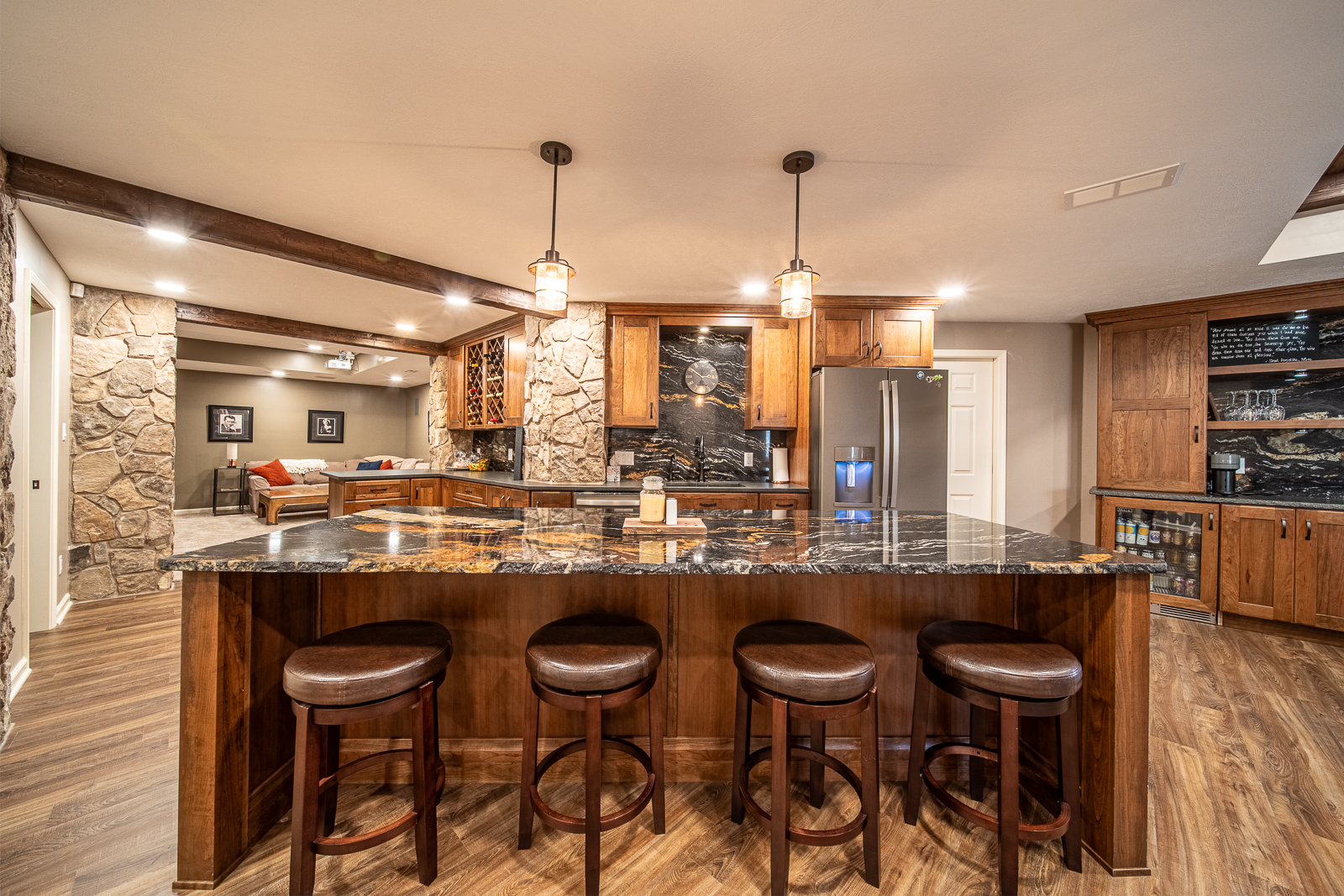
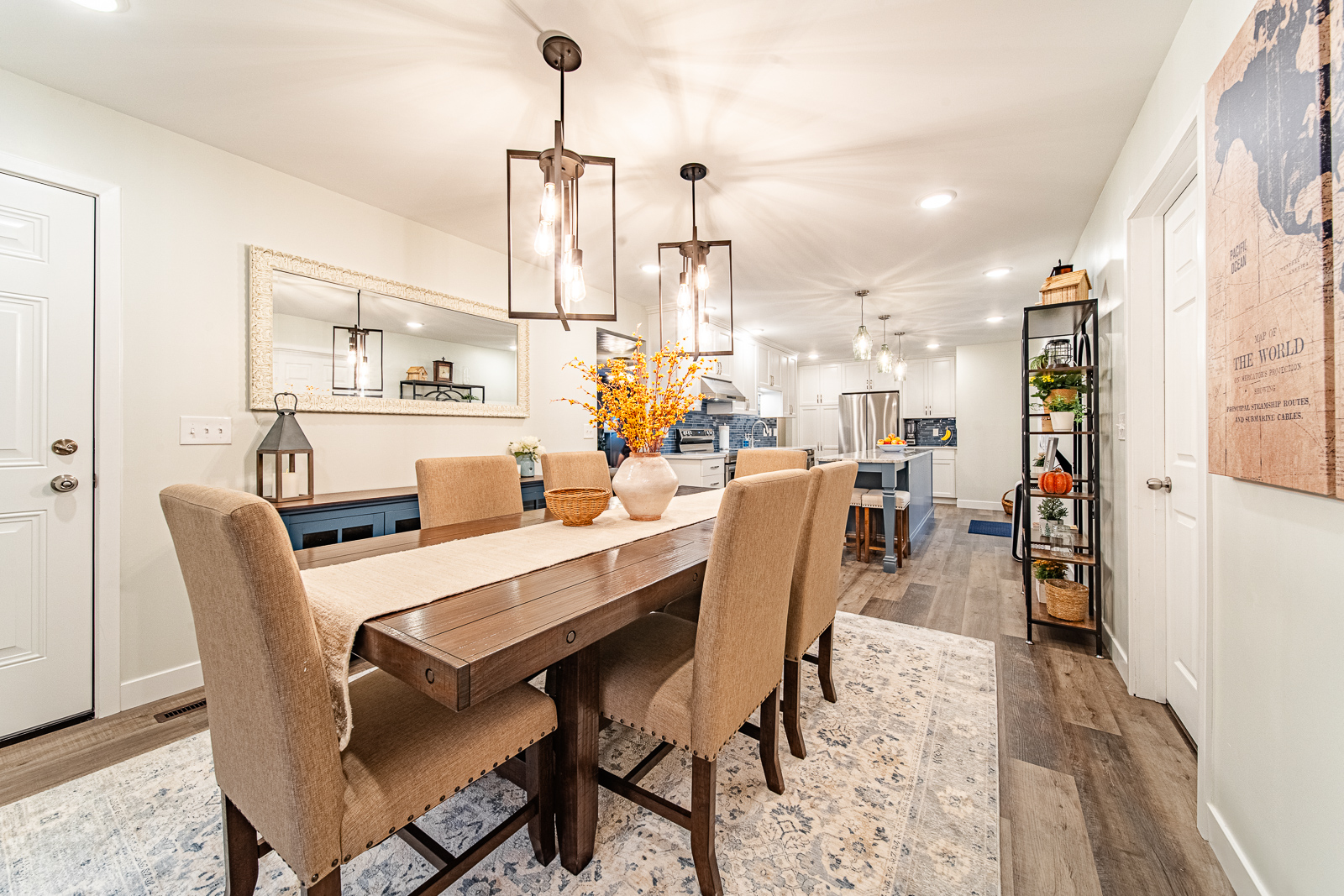
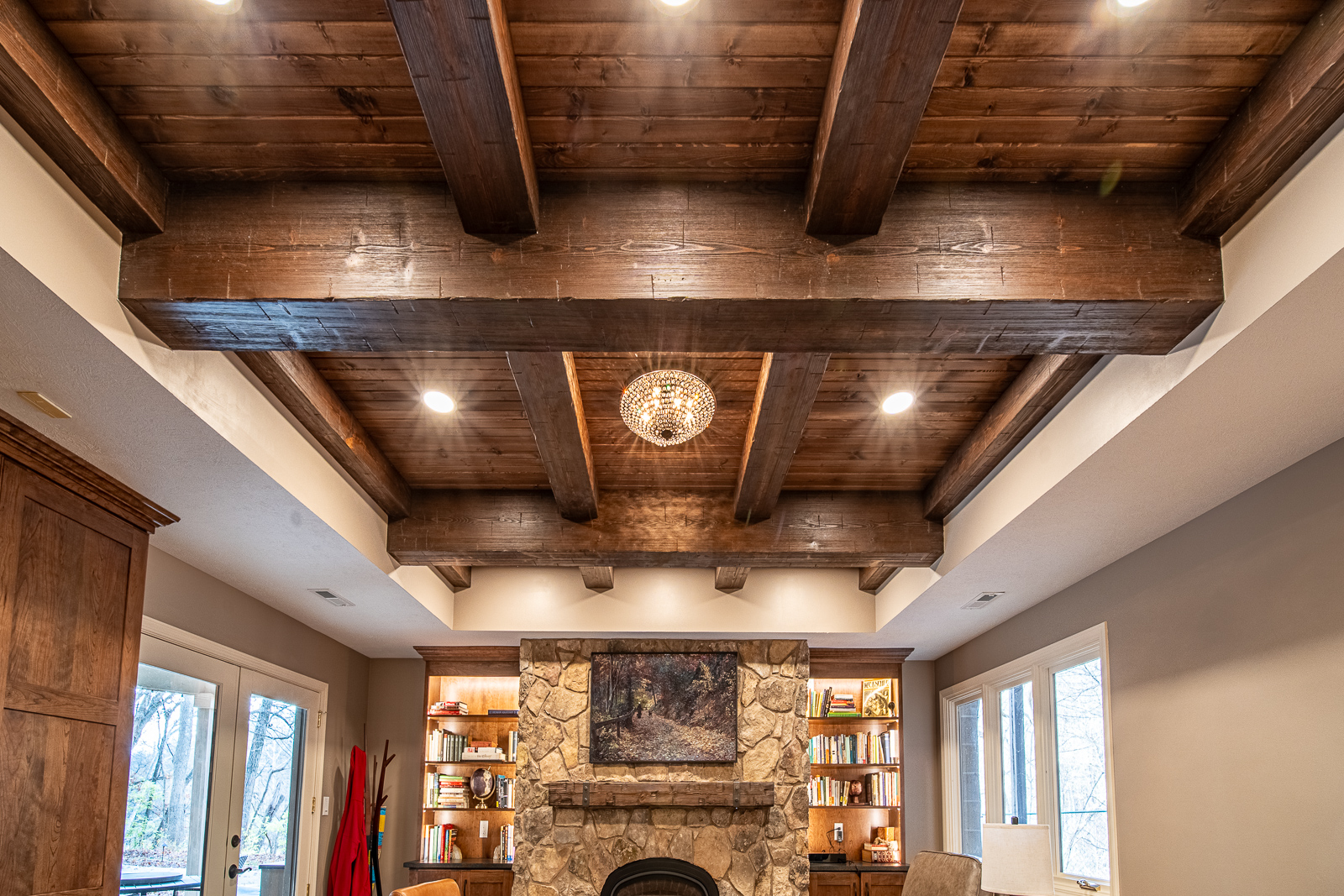





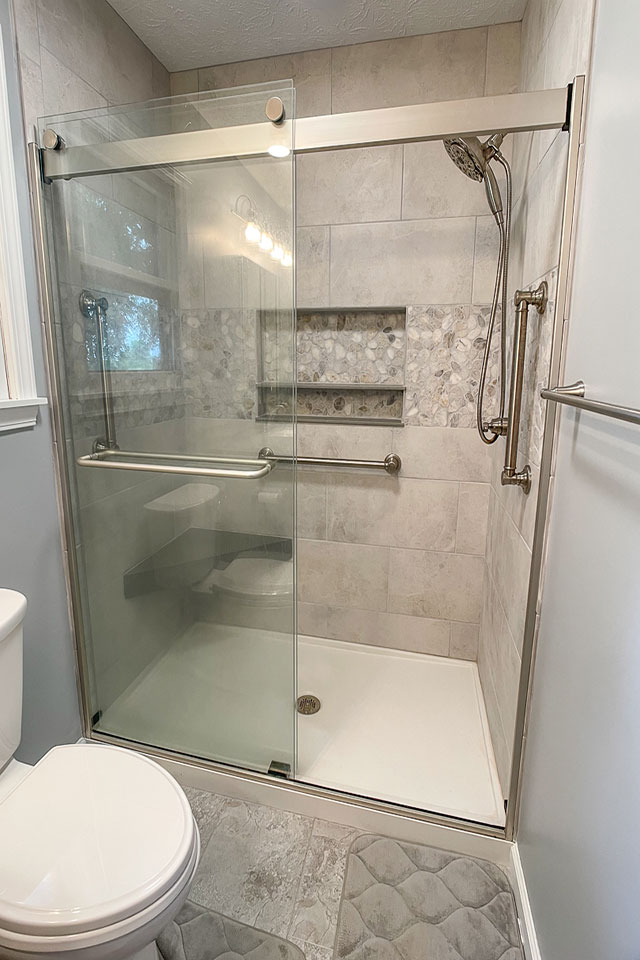
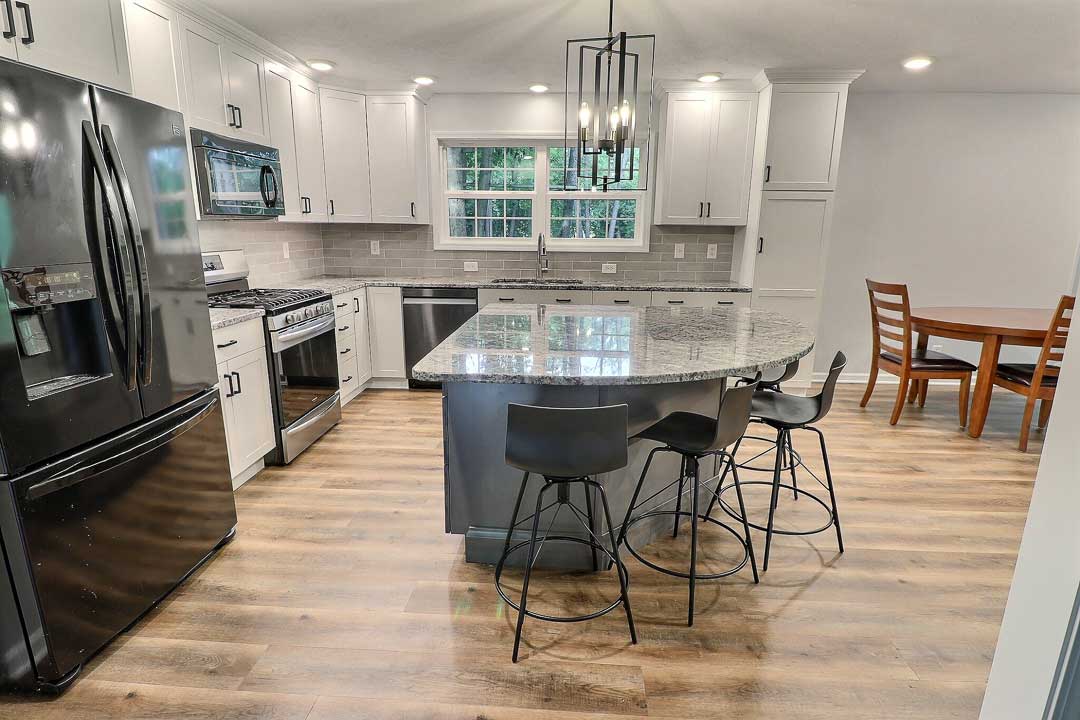
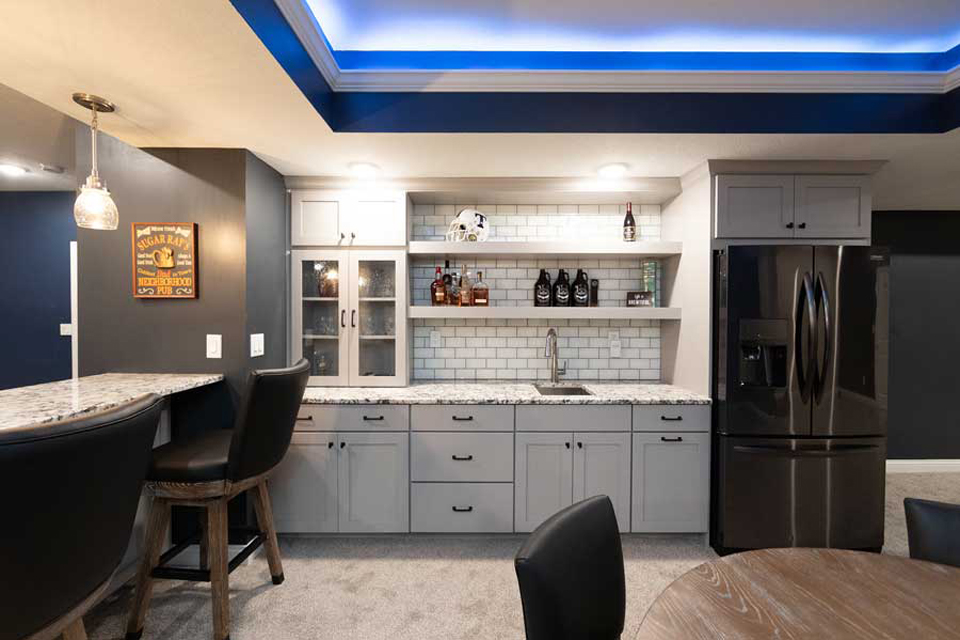
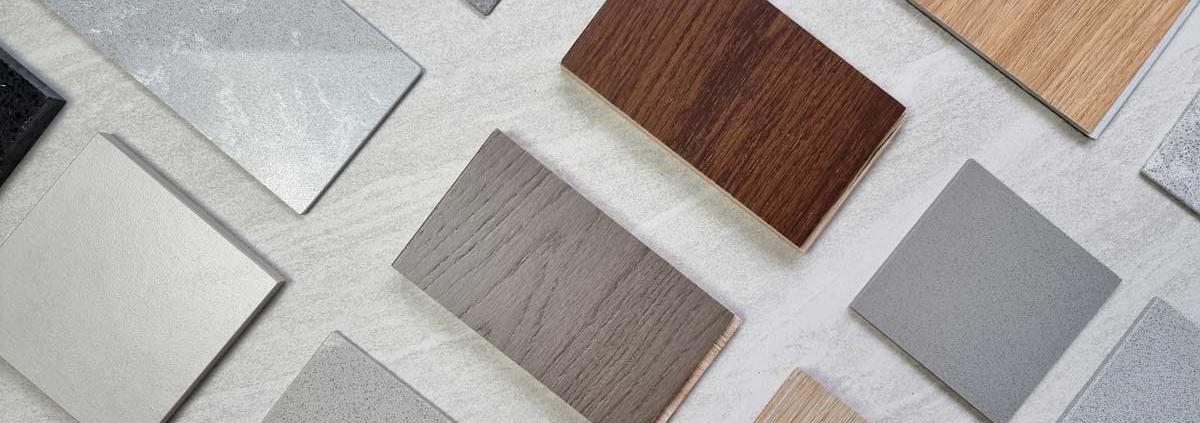
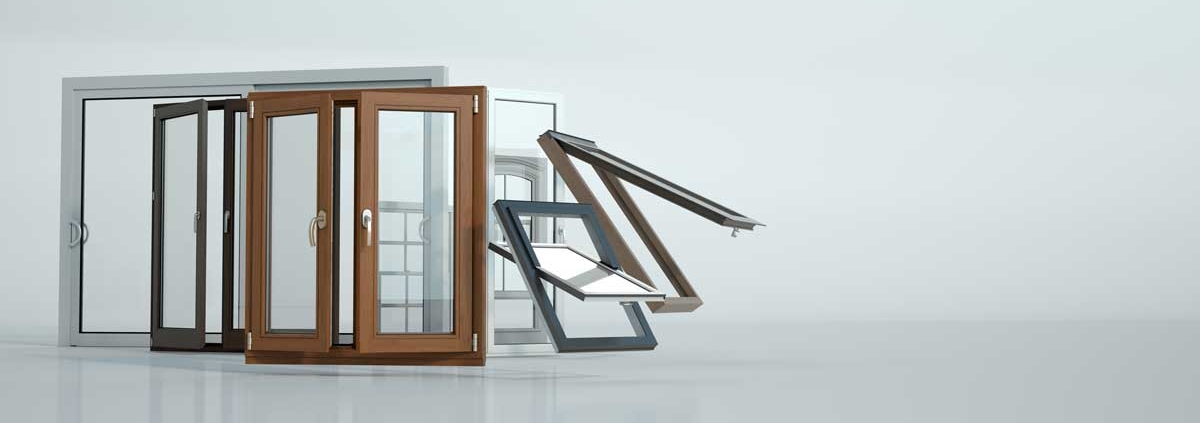
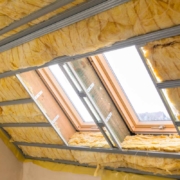
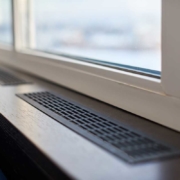
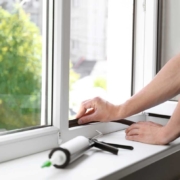
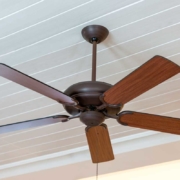
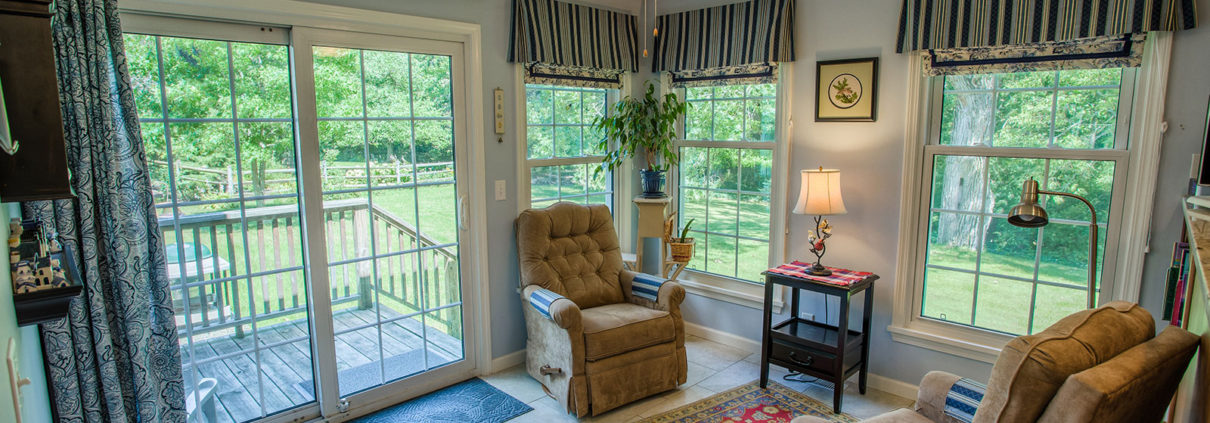
 The most straightforward way to finance your home remodel is to pay using cash you have saved. Paying in cash ensures you can actually afford the improvements you’re making while at the same time avoiding getting into debt.
The most straightforward way to finance your home remodel is to pay using cash you have saved. Paying in cash ensures you can actually afford the improvements you’re making while at the same time avoiding getting into debt. Home improvement loans have a fixed interest rate based mainly on your credit score. These loans are unsecured and don’t use your home as collateral.
Home improvement loans have a fixed interest rate based mainly on your credit score. These loans are unsecured and don’t use your home as collateral. A home equity loan is a fixed-term loan granted to a homeowner based on the equity in their home. Often referred to as second mortgages, home equity loans arrive as a lump sum which is then immediately paid back in fixed monthly payments.
A home equity loan is a fixed-term loan granted to a homeowner based on the equity in their home. Often referred to as second mortgages, home equity loans arrive as a lump sum which is then immediately paid back in fixed monthly payments. A Home Equity Line of Credit (HELOC) is similar to a home equity loan but has some key differences. It, too, comes with a fixed interest rate and is delivered in a chosen lump sum. The HELOC is also secured against the equity of your Lafayette home.
A Home Equity Line of Credit (HELOC) is similar to a home equity loan but has some key differences. It, too, comes with a fixed interest rate and is delivered in a chosen lump sum. The HELOC is also secured against the equity of your Lafayette home. A cash-out refinance is when you turn equity into cash through refinancing your mortgage. In other words, you can replace your old mortgage with a new one and have the difference paid to you in cash. You can then use these extra dollars to finance a home remodel.
A cash-out refinance is when you turn equity into cash through refinancing your mortgage. In other words, you can replace your old mortgage with a new one and have the difference paid to you in cash. You can then use these extra dollars to finance a home remodel. For smaller home improvement projects, credit cards are a potential financing option. You can even pay interest-free if using a new credit card with an introductory 0% interest rate.
For smaller home improvement projects, credit cards are a potential financing option. You can even pay interest-free if using a new credit card with an introductory 0% interest rate. A low-cost option for a home improvement project is a government-backed renovation loan. However, such loans are usually only available to certain people. Qualifiers include income level, age, property type, property location, and whether you have a disability.
A low-cost option for a home improvement project is a government-backed renovation loan. However, such loans are usually only available to certain people. Qualifiers include income level, age, property type, property location, and whether you have a disability.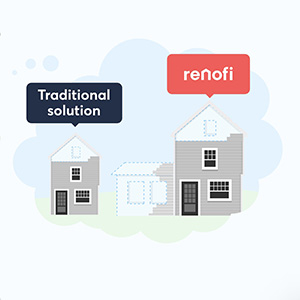 Finally, there’s a specialist payment option specifically for homeowners carrying out a home remodel. It’s called a RenoFi and it’s similar to a traditional home equity loan or home equity line of credit (HELOC) but with some important differences.
Finally, there’s a specialist payment option specifically for homeowners carrying out a home remodel. It’s called a RenoFi and it’s similar to a traditional home equity loan or home equity line of credit (HELOC) but with some important differences.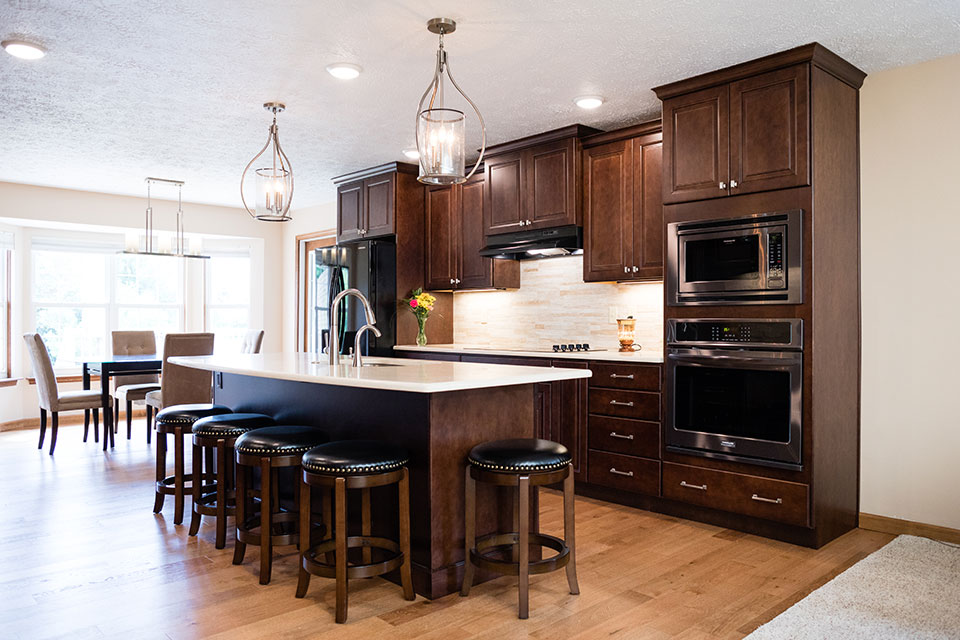
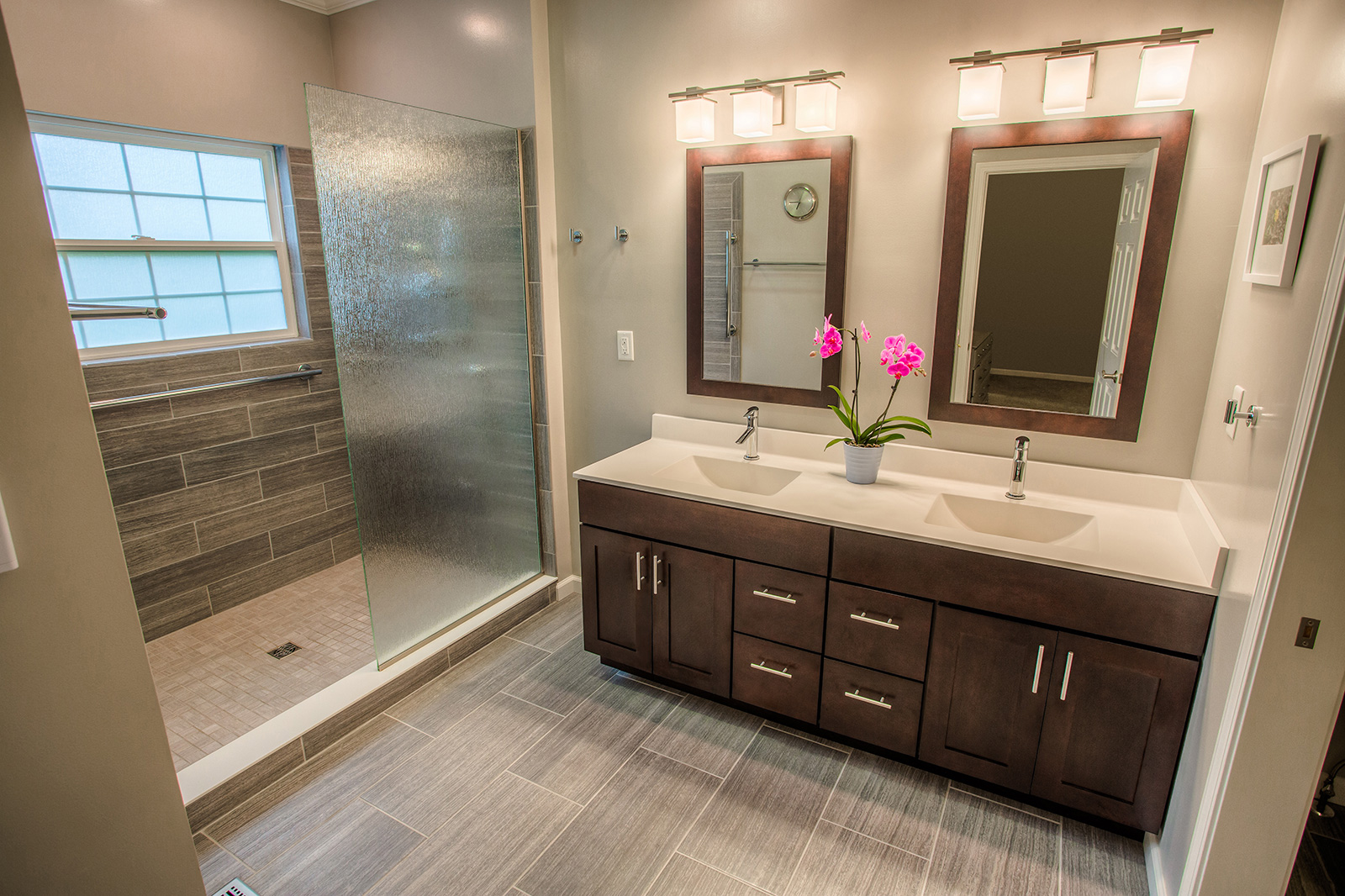
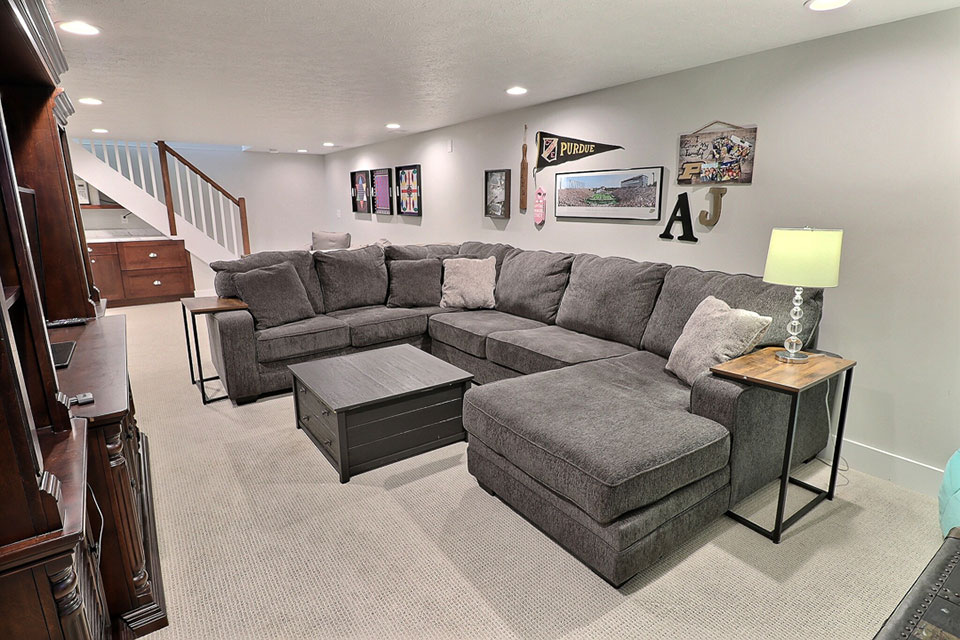
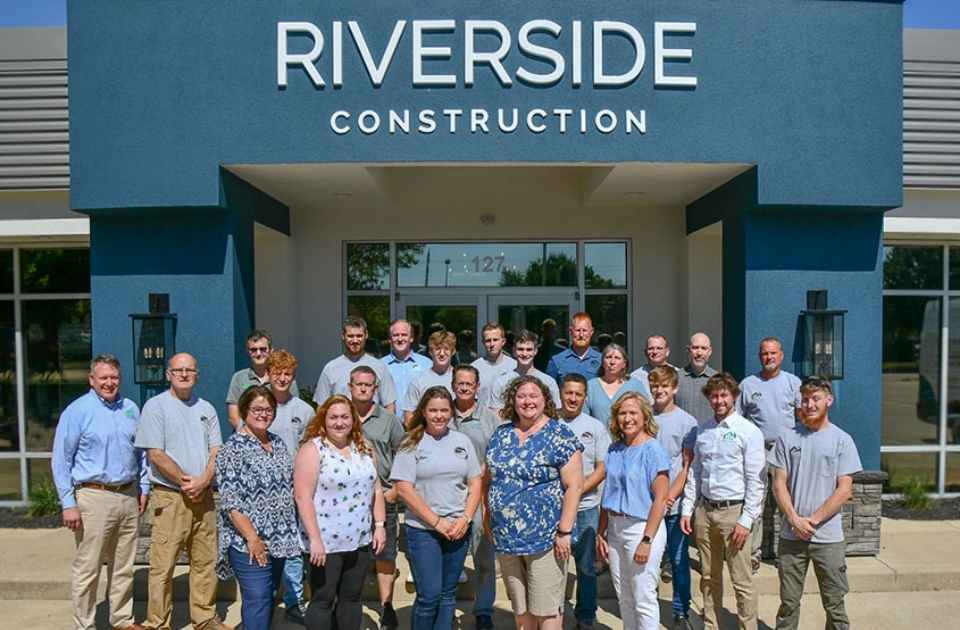


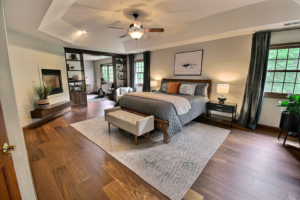
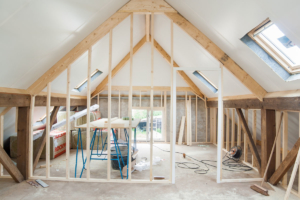
 Like with staying in place and remodeling, there are also several benefits to building an entirely new house, whether on the same lot or elsewhere.
Like with staying in place and remodeling, there are also several benefits to building an entirely new house, whether on the same lot or elsewhere. Building a new house from scratch also comes with drawbacks.
Building a new house from scratch also comes with drawbacks.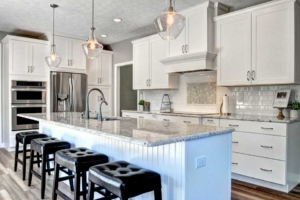
 Another increasingly popular kitchen feature is the workstation sink. This is no ordinary sink but has instead been described as the “Swiss army knife of sinks”. Designed to allow for simultaneous tasks to be completed in one area, the workstation sink typically features a chopping board, colander, drying rack, and sometimes multiple faucets.
Another increasingly popular kitchen feature is the workstation sink. This is no ordinary sink but has instead been described as the “Swiss army knife of sinks”. Designed to allow for simultaneous tasks to be completed in one area, the workstation sink typically features a chopping board, colander, drying rack, and sometimes multiple faucets.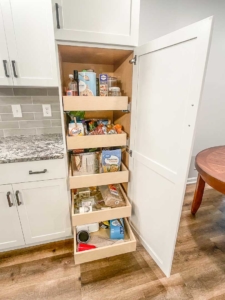 A lot of storage is good, but specific storage is even better.
A lot of storage is good, but specific storage is even better. 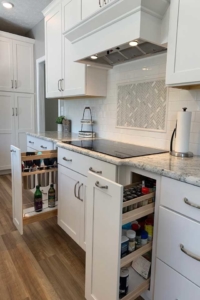 There’s something immensely pleasing about gazing upon the decluttered counters of a newly remodeled kitchen. However, to keep your surfaces clear, clean, and looking fabulous, it’s essential to plan ahead and ensure you incorporate organizational systems that help you keep your kitchen clutter-free.
There’s something immensely pleasing about gazing upon the decluttered counters of a newly remodeled kitchen. However, to keep your surfaces clear, clean, and looking fabulous, it’s essential to plan ahead and ensure you incorporate organizational systems that help you keep your kitchen clutter-free.